The Big Book of Rogues and Villains
20
%
431 Kč 541 Kč
Sleva až 70% u třetiny knih
INTRODUCTION
Mystery fiction encompasses a broad spectrum of sub-genres, although it is common for casual aficionados to focus on the detective story as the only true mystery. As I have often defined it, and, quite naturally, I regard it as a good and fair definition, a mystery is any work of prose fiction in which a crime or the threat of a crime is central to the theme or plot.
On a football field, the pure detective story may go from the end zone to the twenty-five yard line. The crime story, in which the central figure is a criminal of some kind, whether rogue or villain (and I'll get to that shortly), may move the ball another twenty yards. The novel of suspense, which includes women or children in jeopardy, the everyday gone wrong, as well as tales of psychological unease and irrational behavior, whether of sociopathy or fear, will produce a long gain well past midfield, and espionage/international intrigue, will cross the goal-line. The killing of a large number of people is, of course, part of the same horrific game as the killing of an individual.
There are numerous sub-sub genres (historical mysteries, police procedurals, comedies, etc.) but they fall within the prime sub-genres, many of which also overlap: all forms may (one might say should) create suspense, spies may work as detectives to catch moles, psychopaths tend to be criminals, and their actions may well create suspense and a detective is probably hunting them, so the lines blur.
The preponderance of anthologies published in the nearly century-and-a-quarter since the first legitimate mystery anthology, the anonymously edited The Long Arm and Other Detective Tales was released in 1895, have featured detectives as the central characters. This collection has reversed that common practice to focus on criminals. The title, The Big Book of Rogues and Villains, very specifically divides the protagonists into two groups, mostly quite different from each other, although those lines also blur from time to time.
Roguery must be distinguished from villainy. The latter is the creature of evil and malice, if not of outright pathology. It is bad behavior carried to an unpleasant extreme-generally murder. The former tends not to be vicious, prefers no serious physical injury to others, and defines itself as rascality soaked in humor or explained as the result of an unfortunate social environment. Again, the lines may blur from time to time, as a rogue may cause severe hardship or fear in others, while the villain may have a tender heart for a dog or a child, even if he has murdered someone.
While we may normally be easily able to perceive the distinction between roguery and villainy, the contrast may hinge less upon the venality or atrocity of the deed perpetrated than upon the character's and the author's point of view.
The typical crime of the rogue is theft, whether by burglary, swindling, forgery, blackmail, or other physically non-violent transgressions. If his escapades lead to serious physical violence, that action will generally end his career as a rascal and places him into the category of villain. Most rogues prefer to win by guile or dexterity that which others have earned by labor or inherited. He may create a phony business with worthless stock, forge a will or a check, cheat at cards, scheme for marriage to an heiress, crack a safe in the dark of night, or replace a genuine Old Master with a fake. History and literature have shown there is no end to the nefarious schemes of which the amoral mind is incapable of devising.
The typical crime of the villain is murder, for which there is seldom an acceptable excuse. Although one of the protagonists in this book excuses his action by saying, He needed killing, not everyone would agree. Still, there are myriad reasons that not only excuse killing but applaud it. Not all killing, i
| Autor: | Penzler, Otto |
| Nakladatel: | Random House US |
| Rok vydání: | 2017 |
| Jazyk : | Angličtina |
| Vazba: | Paperback / softback |
| Počet stran: | 928 |
Mohlo by se vám také líbit..
-
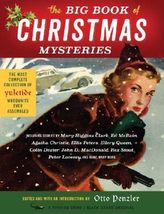
Big Book Of Christmas Mysteries
Penzler, Otto
-
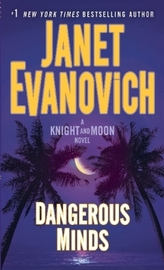
Dangerous Minds
Evanovich, Janet
-
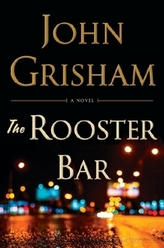
The Rooster Bar
Grisham, John
-

Dangerous Minds
Evanovich, Janet
-
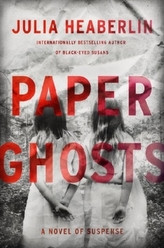
Paper Ghosts
Heaberlin, Julia
-
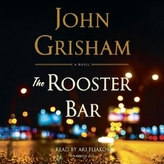
The Rooster Bar, 8 Audio-CDs
Grisham, John
-
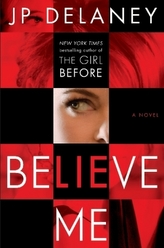
Believe Me
Delaney, J. P.
-
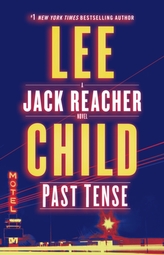
Past Tense
Child Lee
-
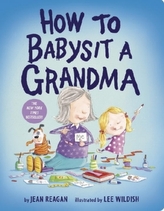
How to Babysit a Grandma
Reagan, Jean
-
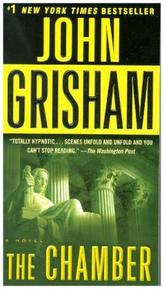
The Chamber
Grisham, John
-
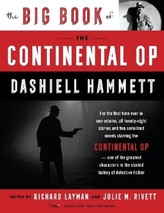
The Big Book of the Continental Op
Hammett, Dashiell
-
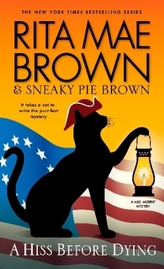
A Hiss Before Dying
Brown, Rita Mae
-
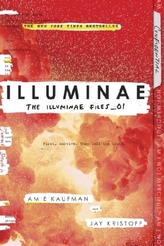
Illuminae
Kaufman, Amie
-
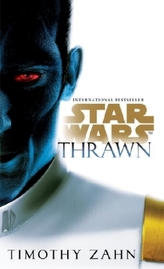
Star Wars, Thrawn
Zahn, Timothy
-
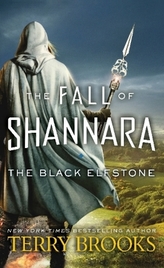
The Black Elfstone
Brooks, Terry
-
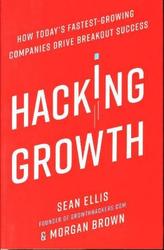
Hacking Growth
Ellis, Sean





